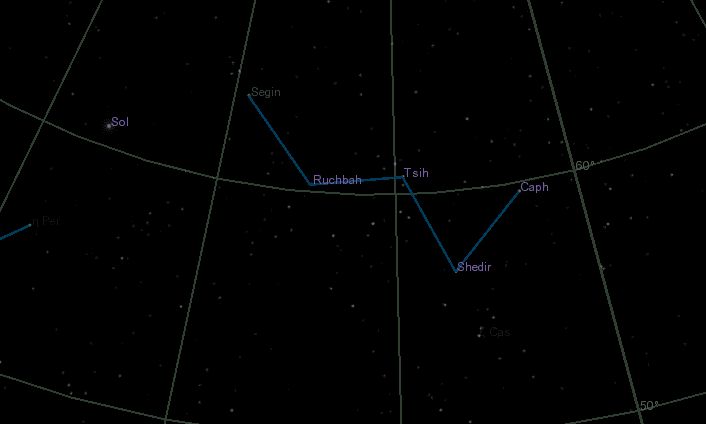gravity is a form of the electrostatic force
Dotini
NY TimesHe made his first big splash as a graduate student when he invented Verlinde Algebra and the Verlinde formula, which are important in string theory, the so-called theory of everything, which posits that the world is made of tiny wriggling strings
I posted the NY Times article not to demonstrate any support for electrostatic gravity, but to show the unsettled state of affairs in the science, and that there is still everything to play for.
Highest regards,
Dotini
Straws are for drinking.
Drinking with straws is for girls.
Our sun:

New sun:

aka Sun of a !

So not new sun, but recently observed star.
Terminological confusion: All stars are suns, all suns are stars.
The nearest star to Earth is the Sun, which is the source of most of the energy on Earth.
The Sun is the star at the center of the Solar System.
The Solar System[a] consists of the Sun and those celestial objects bound to it by gravity, all of which were formed from the collapse of a giant molecular cloud approximately 4.6 billion years ago. Of the many objects that orbit the Sun, most of the mass is contained within eight relatively solitary planets[e] whose orbits are almost circular and lie within a nearly flat disc called the ecliptic plane. The four smaller inner planets, Mercury, Venus, Earth and Mars, also called the terrestrial planets, are primarily composed of rock and metal. The four outer planets, Jupiter, Saturn, Uranus and Neptune, also called the gas giants, are composed largely of hydrogen and helium and are far more massive than the terrestrials.
it's a honking great ball of furiously hot exploding crap. The natural tendency of furiously hot exploding crap is to expand and the natural tendency of honking great balls is to compact.
*This was actually explained pretty nicely and used as a plot device in an episode of Stargate SG-1. Using the stargate dialled to a gate on a planet being consumed by a black hole, they extracted some of the mass of the star. This reduced the compression, leaving expansion to become dominant and turned the star into a supernova.
So the sun is a special star which is the center of the Solar System.

So conclusion on R136a1: seems to break this limit for a star's mass, proving that the current theories of forces of furiously hot exploding crap and honking great balls are not completely understood.
I'd like a quote on that!
Finally some science in normal language, really helps understanding it.
Did they annihilate the Replicators in this? Saw the episode I think, but do not follow the series.
So conclusion on R136a1: seems to break this limit for a star's mass, proving that the current theories of forces of furiously hot exploding crap and honking great balls are not completely understood.
Oh, thanks for ruining the story for me. I kid, I never watch Stargate. The most sci-fi-ish thing I've ever watched is Star Wars.It was Apophis's fleet and new mothership.
 ) and I thought that the only chance we'd get to see stars the size of *checks previous posts* R136a1 would be through a mega-powerful telescope which can see for billions of light years.
) and I thought that the only chance we'd get to see stars the size of *checks previous posts* R136a1 would be through a mega-powerful telescope which can see for billions of light years.Not wholly. R136a1 does appear to be sloughing off an awful lot of mass - quoted as 50 Solar Masses in the last million years. Or an entire Sun's-worth between the time humanity discovered clothes and today.
 i wish to be there.
i wish to be there.This kind of stuff makes me want to live forever. All the things we will miss when we're gone. Its upsetting. Just imagine what man will discover in a hundred years from now. You cant can youi wish to be there.
